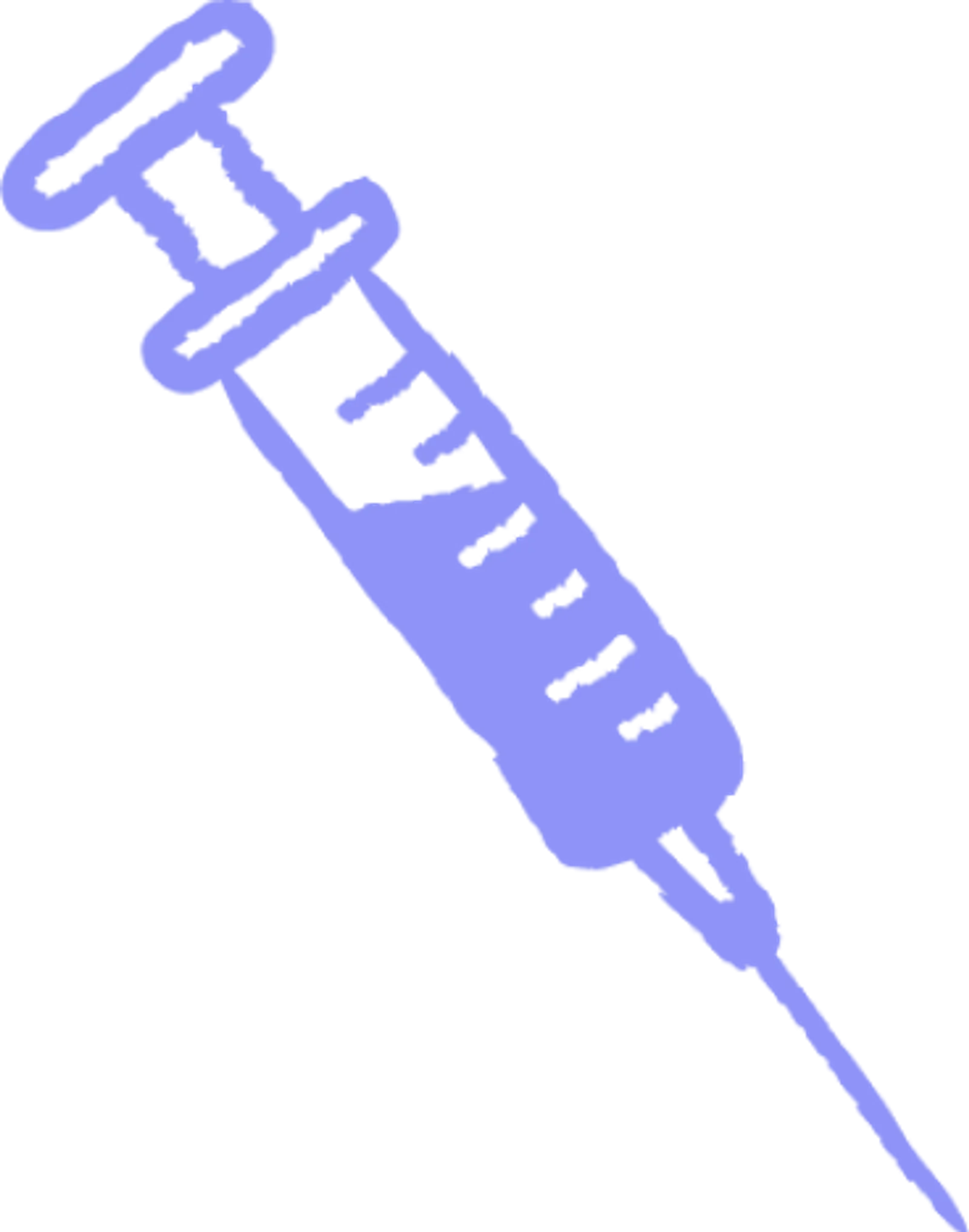Plasma 101
Who: Eligible donors between 18 and 64 can earn up to $560 a month in NY and up to $770 a month in FL.
What: Plasma is the yellow part of your blood that replenishes naturally.
Where: Queens, Brooklyn, The Bronx (NY), and Ft. Pierce (FL).
Why: Get paid to donate and help treat bleeding disorders, immune deficiencies, and more.
When: No appointment needed—walk in anytime before closing.
The Difference between Blood and Plasma Donation
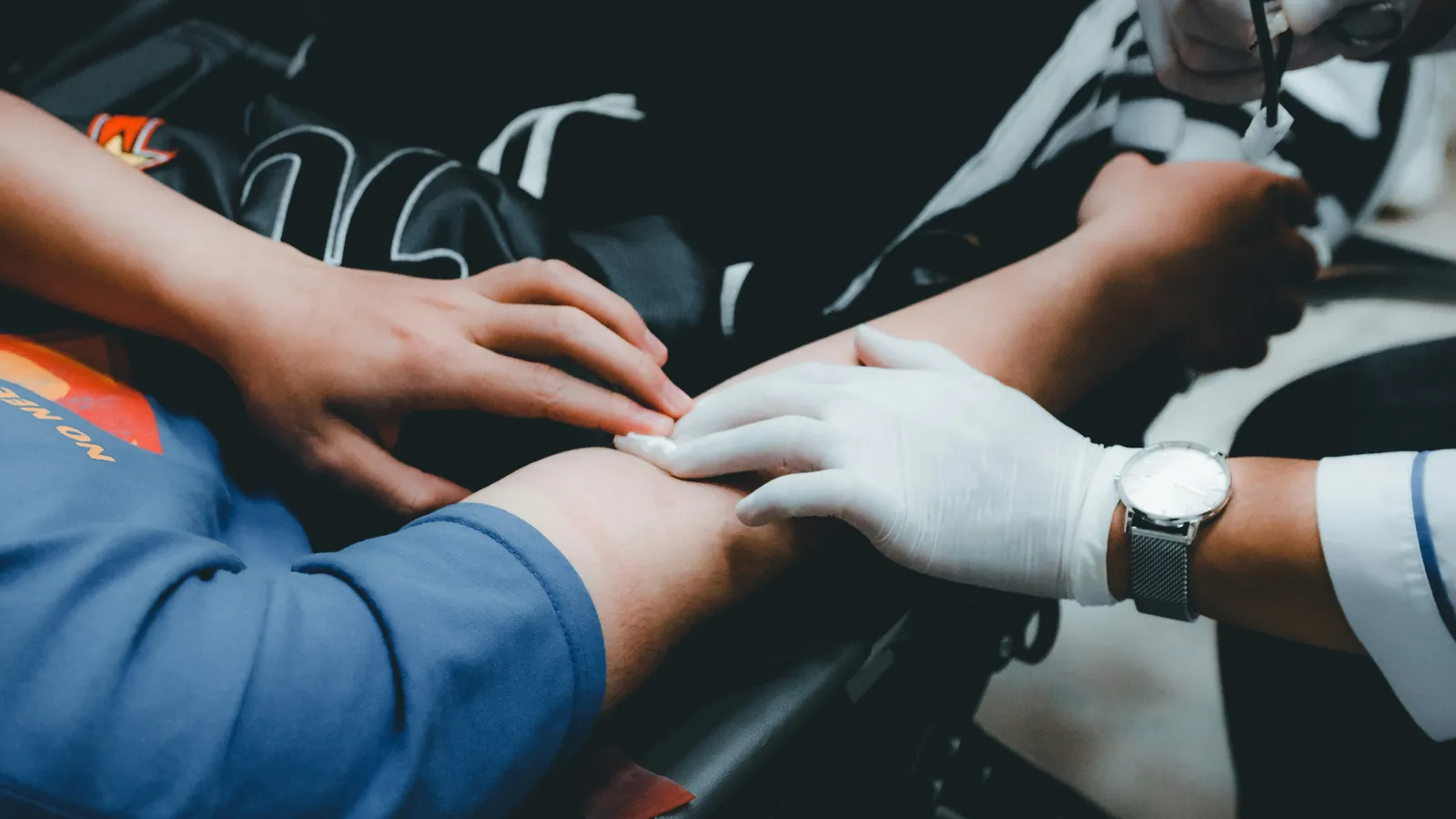
Plasma donations play a very important role in healthcare, providing the resources needed for life-saving treatments. While blood and plasma donations are often mentioned together, they serve different purposes. Blood donations supply red and white blood cells and platelets, which are essential for surgeries and emergency care. Plasma donations focus on the liquid part of blood, which contains proteins used to treat burns, trauma, and clotting disorders.
Organizations like Olgam Life help make plasma donation possible, ensuring this vital resource reaches the patients who need it most.
The main difference lies in what’s donated and how it’s used.
- Blood Donations: Include all components of blood, making them key for surgeries and trauma cases.
- Plasma Donations: Extract only the plasma, which is used to create therapies for patients with serious conditions.
Each type of donation plays a unique role in saving lives, and both are equally important in supporting healthcare systems.
What is Plasma?
Plasma is the liquid part of your blood, making up about 55% of its total volume. It’s mostly water but also contains salts, enzymes, and proteins. Plasma does a lot of important jobs in the body, like:
- Carrying nutrients and hormones to your cells.
- Removing waste products and supporting your immune system.
- Maintaining blood pressure and keeping your body temperature stable.
Functions of Plasma:
Transports vital nutrients and hormones to different parts of the body.
Removes cellular waste and supports immune system functions.
Maintains blood pressure and regulates body temperature.
How Does Plasma Donation Work?
Plasma donation is a simple process:
- Blood is drawn from your arm.
- A machine separates the plasma from the rest of your blood.
- The red and white cells, along with platelets, are returned to your body.
The process takes about 1–2 hours and is safe and comfortable for donors.
Who Can Donate and Why It Matters
To donate plasma, you’ll need to meet some basic requirements:
- Be within the eligible age and weight range.
- Be in good health.
Plasma can be donated twice a week and is used to help patients with burns, trauma, and clotting disorders. By donating plasma, you’re giving others a chance at life while making a positive difference in your community.
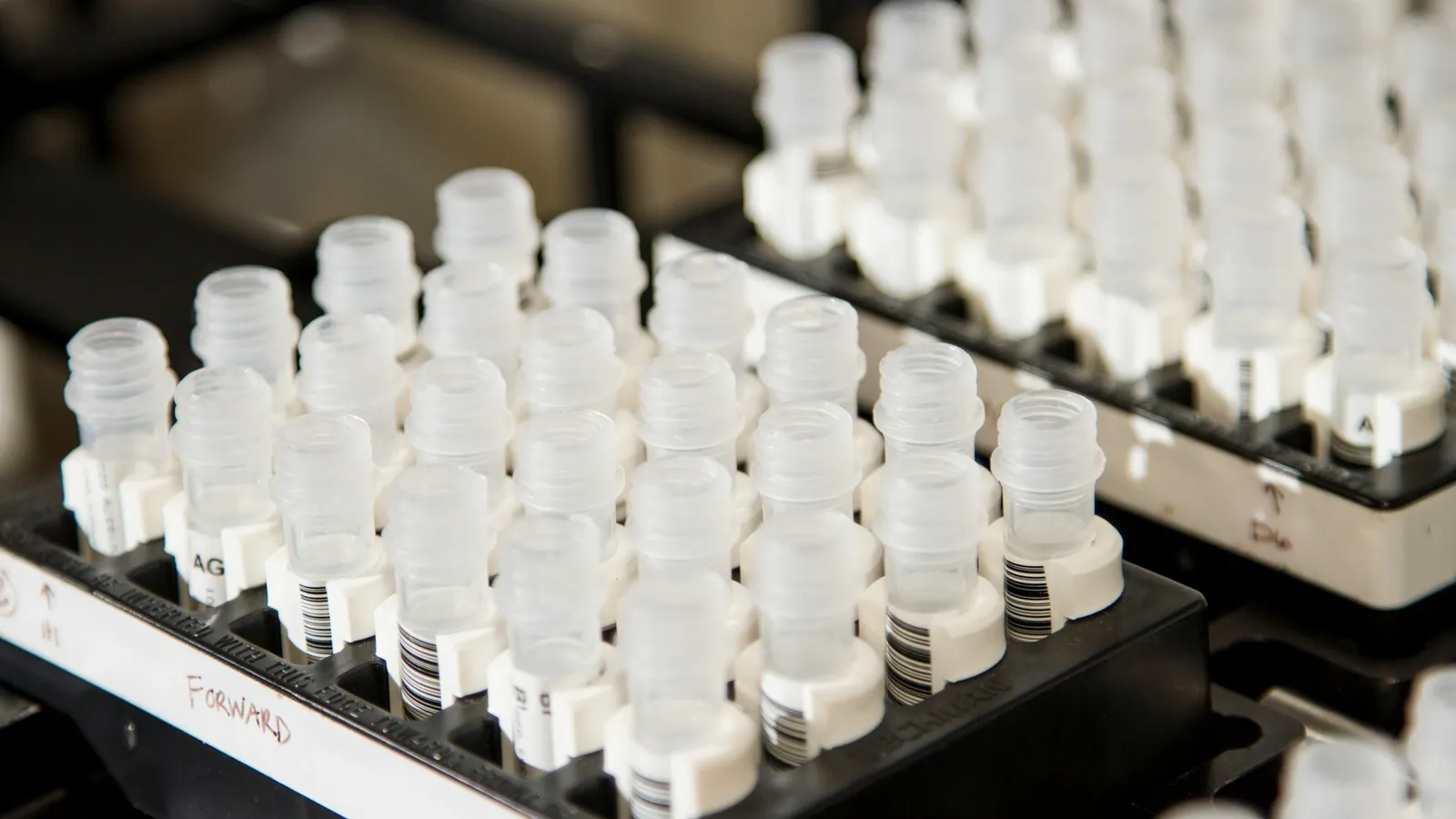
What is Whole Blood Donation?
Whole blood donation involves giving approximately one pint of blood, which includes red cells, white cells, plasma, and platelets. This type of donation is crucial as it provides a complete range of blood components needed for various medical treatments.
Whole Blood Donation Process:
The process is straightforward and usually takes around 10-15 minutes. Blood is collected into a sterile bag, and no components are returned to the donor.
Who Can Donate?
To donate whole blood, you’ll need to meet a few basic requirements:
- Be at least 16 years old (some states may require parental consent if under 18).
- Weigh at least 110 pounds.
- Be in good general health
How Often Can You Donate and Why It’s Important
You can donate whole blood every 56 days. It’s essential for surgeries, trauma care, and treating conditions like anemia. Plus, one donation can be separated into different components, helping multiple patients in need.Whole blood donation is quick, easy, and can save lives. Consider making it part of your routine to help those in need.
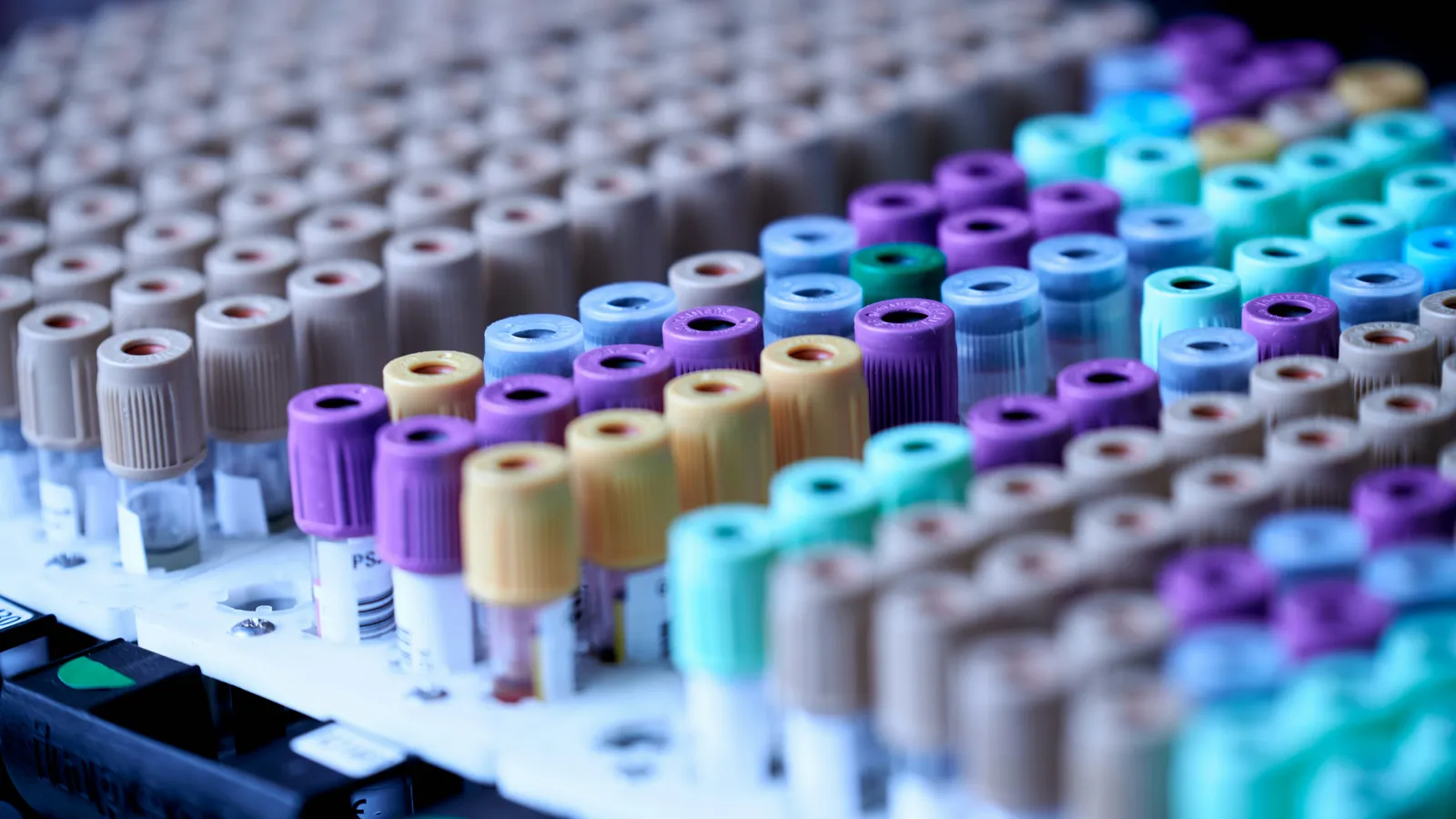
Comparing Plasma and Blood Donations
While both plasma and blood donations are vital to healthcare, they differ in several key aspects. Plasma donation involves extracting only the plasma from blood, while whole blood donation includes all blood components—red cells, white cells, plasma, and platelets. This fundamental difference affects how often each can be donated and the time required for the process.
Key Differences Between Plasma and Whole Blood Donation
- What’s Donated: Plasma donation focuses on plasma, while whole blood donation includes everything—red and white cells, plasma, and platelets.
- How Often You Can Donate: At Olgam Life, you can donate plasma twice a week because your body regenerates it quickly. Whole blood donations are less frequent—every 56 days.
- Time Commitment: Plasma donation takes a bit longer (1–2 hours) because the rest of your blood components are returned to you. Whole blood donation is faster, taking just 10–15 minutes.
Both types of donations are life-saving and play unique roles in healthcare. Choose the one that works best for your schedule and help make a difference!
Criteria | Plasma Donation | Blood Donation |
Components Donated | Plasma only | Whole blood |
Time Required | 1-2 hours | 10-15 minutes |
Frequency | Twice every 7 days | Every 56 days |
Impact | Helps in various therapies | Immediate transfusion |
Health Benefits for Donors:
Plasma: Can help reduce cholesterol levels and improve hydration.
Blood: May lower iron levels and support cardiovascular health.
Who Benefits More?
Plasma: Ideal for patients needing specific proteins or clotting factors.
Blood: Crucial for immediate use in trauma, surgeries, and treating anemia.

Common Myths and Facts about Blood and Plasma Donation
Misunderstandings about blood and plasma donation often discourage people from donating. Let’s set the record straight with some facts:
Myth 1: “Donating blood or plasma is painful.”
Fact: The donation experience is safe and involves only mild discomfort, similar to a quick pinch when the needle is inserted.
Myth 2: “You can’t donate blood or plasma if you have a tattoo.”
Fact: You can donate as long as your tattoo was done at a state-regulated facility and is at least one year old. This ensures safety for both donors and recipients.
Myth 3: “Frequent donation is harmful to your health.”
Fact: Donating blood or plasma is perfectly safe when you follow guidelines. Plasma can be donated twice a week, while whole blood can be donated every 56 days, without any harm to your health.
Knowing the facts makes it easier to take the first step. Donating blood or plasma is a simple way to save lives and support your community.
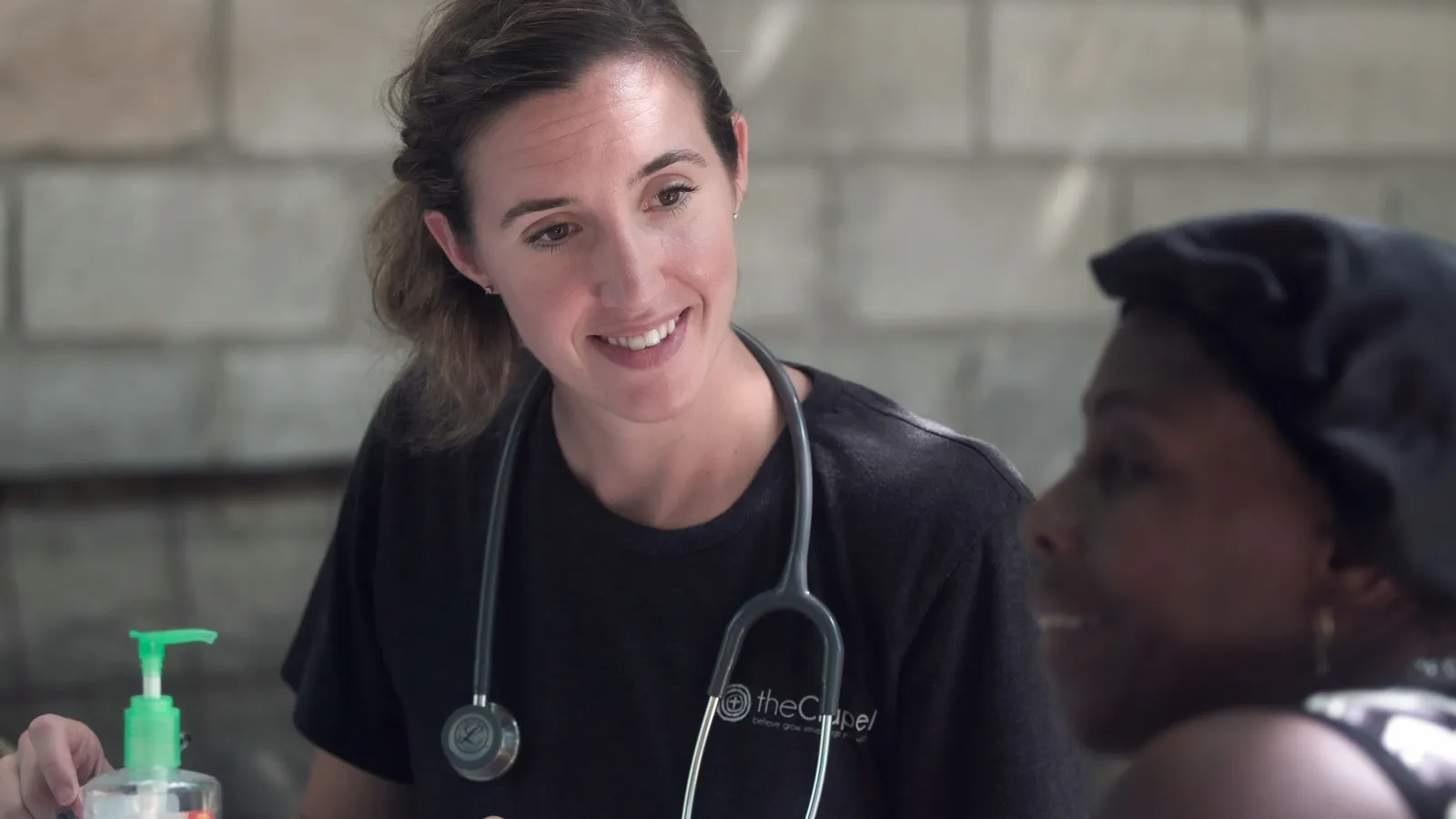
Plasma and blood donations are essential in healthcare, but they differ in a few key ways:
- Plasma Donation: Focuses on collecting the liquid part of your blood and can be done more often.
- Whole Blood Donation: Provides all blood components and is essential for surgeries and trauma care.
Both types of donations are key for patients with various health conditions. Whether you choose plasma or whole blood depends on your preference and eligibility. Every donation matters and helps save lives.
Ready to Make a Difference?
Plasma donation is a powerful yet often overlooked way to contribute to healthcare. It’s never been easier to get involved and become a donor. Visit your nearest Olgam Life donation center to learn more and start donating plasma today. Contact us for more information!


